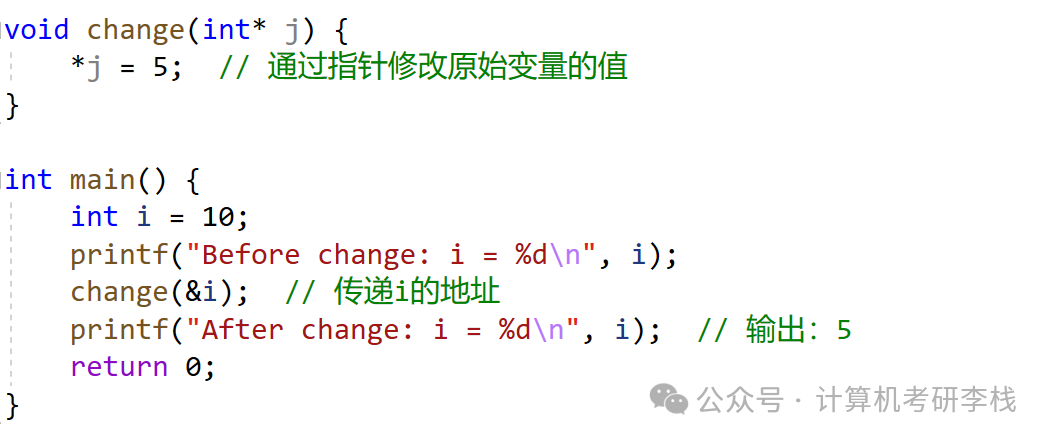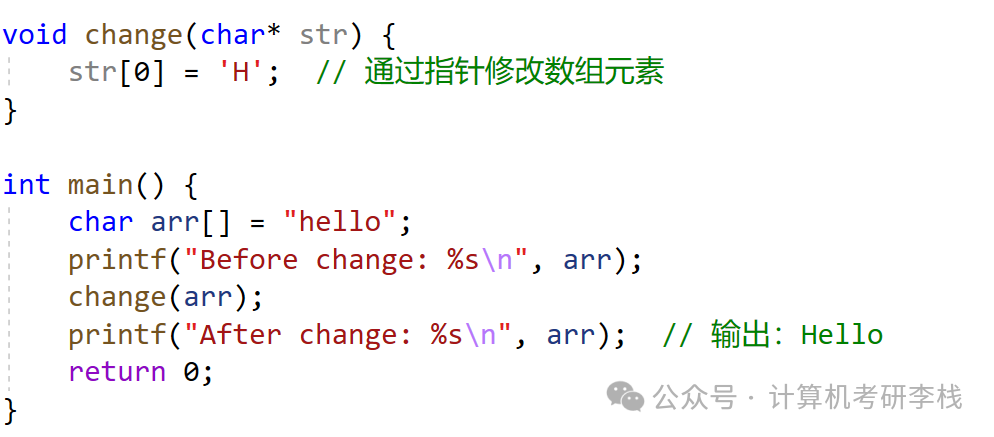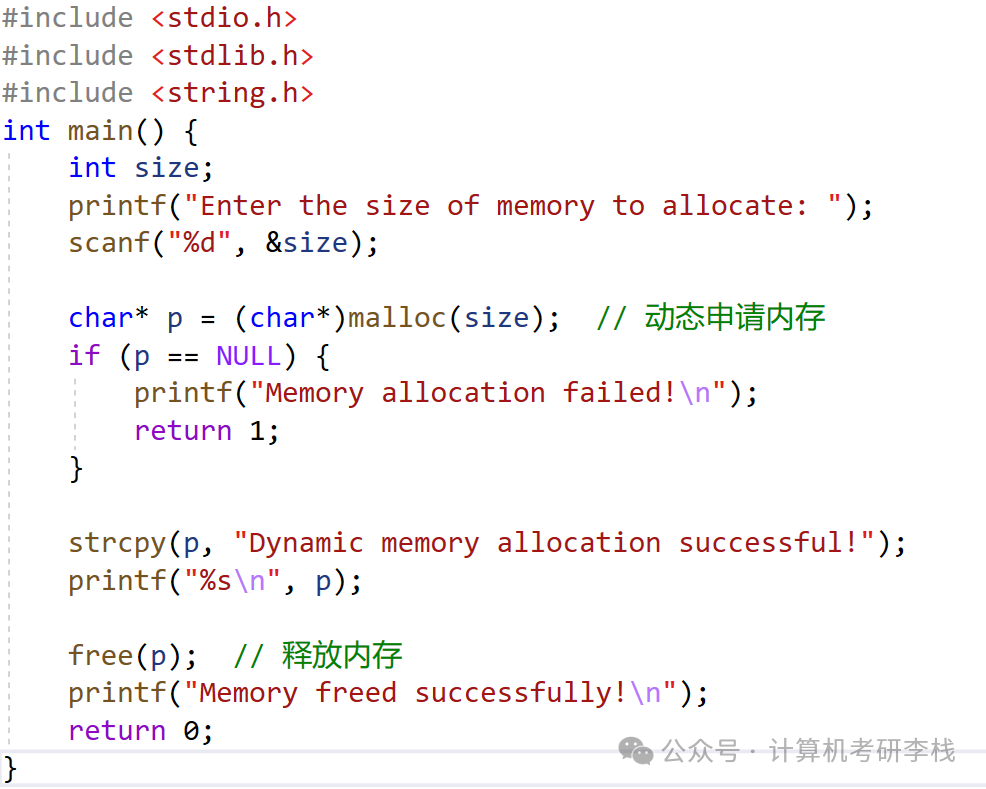
Today, let’s talk about the various application scenarios of pointers in the C language. Pointers play a crucial role in programming; they are like a “core tool” that helps us manipulate data precisely in the world of memory. As a seasoned technician, I will guide you through the powerful functions of pointers in an easy-to-understand manner.
Passing Pointers: The Key to Function Calls
In function calls, pointers are used to pass the address of a variable rather than the value itself. This is like providing a detailed map instead of simply telling someone the destination. In this way, the function can directly modify the value of the original variable.
Let’s look at this example:

In this example, the change function modifies the value of i through a pointer.
Pointer Offset: A Tool for Memory Operations
Pointers can be used for offset operations in memory, similar to finding specific books in a library based on an index. Through pointer offsets, we can easily access elements of arrays or other data structures.
Let’s look at this example:

In this example, the p pointer finds each element in the array through offset.
Pointers with Increment/Decrement: Flexibility in Memory Operations
Pointers can be combined with increment and decrement operators, which increases the flexibility of memory operations. This way, we can efficiently navigate through memory.
Let’s look at this example:

In this example, the p pointer first retrieves a value and then increments, demonstrating the flexibility of memory operations.
Pointers and One-Dimensional Arrays: Efficient Data Operations
Pointers are widely used in one-dimensional arrays. The array name itself is a pointer to the first element of the array, allowing us to efficiently manipulate the array through pointers.
Let’s look at this example:

In this example, the change function modifies the first element of the array through a pointer.
Pointers and Dynamic Memory Allocation: Flexible Memory Management
In C language, dynamic memory allocation is an important concept. Pointers are used here to dynamically allocate memory at runtime, providing great flexibility.
Let’s look at this example:

In this example, the malloc function helps us dynamically allocate memory at runtime, while the free function is responsible for releasing memory, ensuring that resources are not wasted.
Character Pointers and Character Arrays: Convenience in String Handling
Character pointers and character arrays are very useful when handling strings. Character pointers can point to string constants, while character arrays can store strings on the stack.
Let’s look at this example:

In this example, the character array c can be modified, while the string constant pointed to by the character pointer p cannot be modified.
Conclusion
Pointers have a wide range of application scenarios in the C language, from function calls to dynamic memory allocation, from array operations to string handling, pointers are indispensable tools. Mastering the application scenarios of pointers is like mastering the “core tool” of the programming world, enabling you to operate memory and handle data more efficiently.
I hope today’s explanation gives you a deeper understanding of pointers, and I wish you excellent results on your graduate school entrance exams!
END